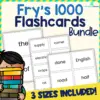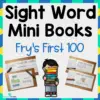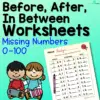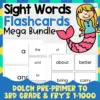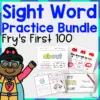There are different types of books that children may find interesting and exciting. Exposing children to nonfiction books is crucial in learning new concepts, increasing vocabulary, and developing critical thinking skills.
Here are ten engaging books that discuss specific topics and are filled with wonderful ideas that children will love to read.
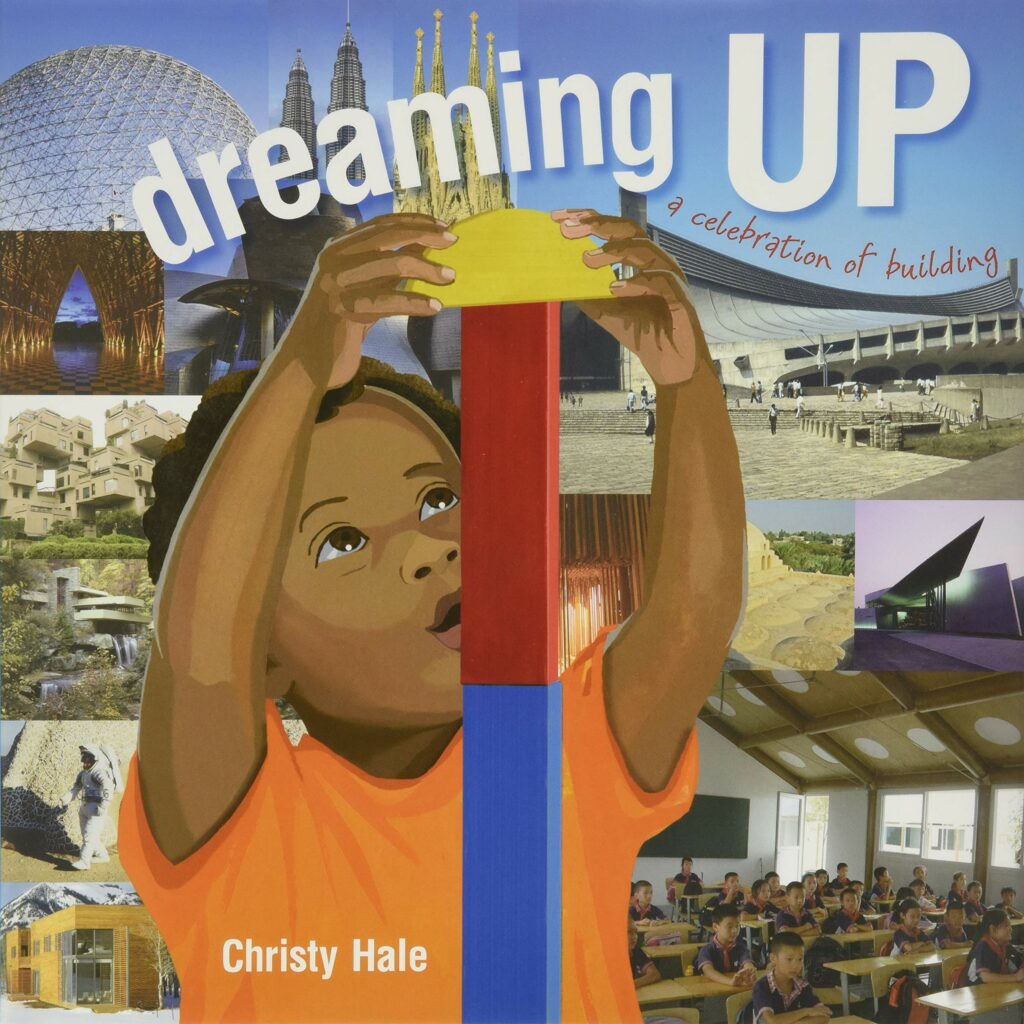
Award-winning and iconic buildings are showcased in Dreaming Up: A Celebration of Building by Christy Hale.
Introduce children to the world of architecture with this book that discusses different designs and forms that make these buildings one-of-a-kind.
Teach children shapes and forms with this book. Let them look at the buildings and identify familiar shapes.
The book emphasizes that these buildings may have taken inspiration from ordinary things, but the masterpiece was created with the builder’s imagination.
Let children imagine and create their version of a building as a STEM activity. Provide different materials such as toothpicks, paper, wooden blocks, and other objects they can use to make a structure.
Challenge children by providing different conditions. For example, they need to make the tallest building without falling apart. They need to design and build a building on an inclined surface.
Let children plan their structures by drawing them on paper and labeling their ideas. Documenting their plans will help improve their cognitive and fine motor skills.
See more: Books About Building for Preschoolers
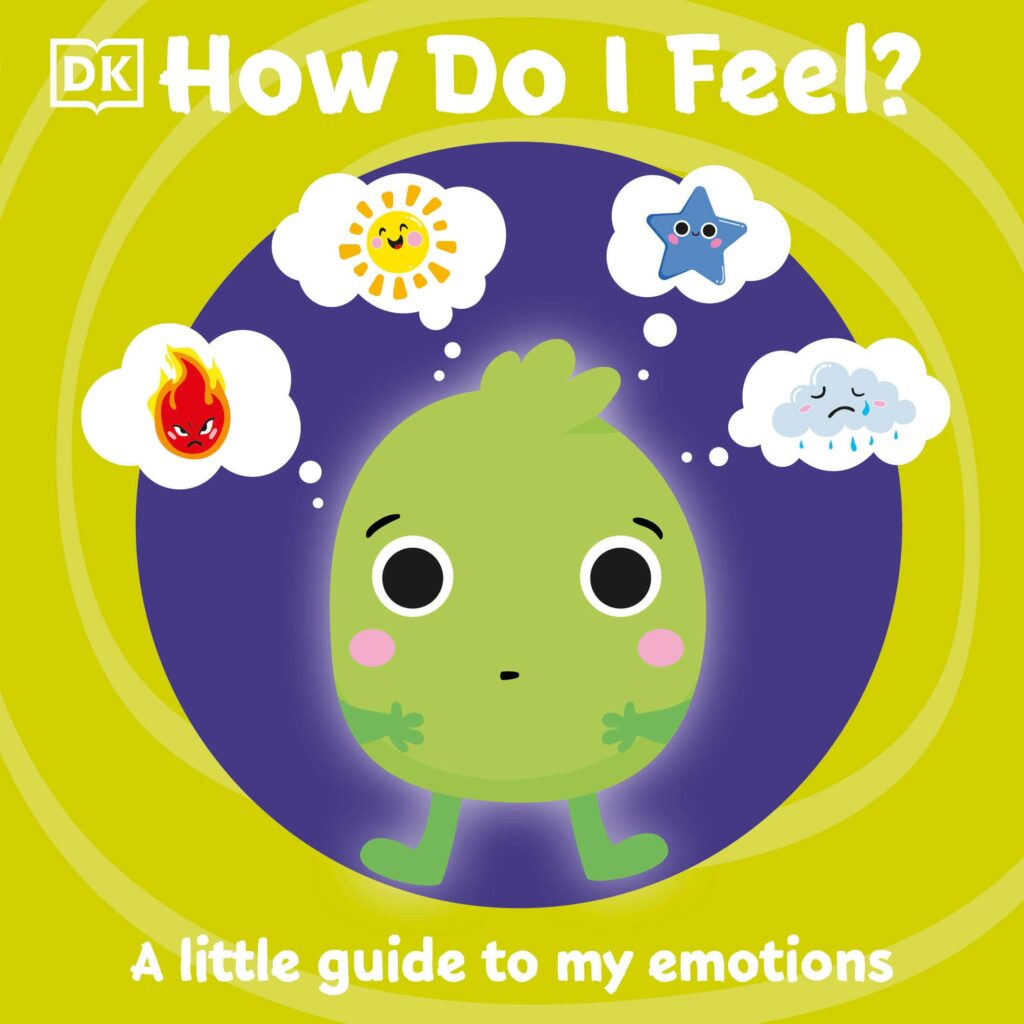
How Do I Feel?: A little guide to my emotions by DK is a book that teaches self-awareness among children. It shows the different feelings a child may feel and how they can be managed.
It explains why some actions are related to one’s emotions. For example, one jumps up and down when happy or excited. The stomping of feet connected to anger while covering the face is related to being shy.
This book is a wonderful guide for children to learn social-emotional skills.
Use puppets and stuffed toys to talk about emotions. Provide scenarios for children to respond to. Doing this will help them be more aware of their feelings and how they should be dealt with.
Role-playing will encourage children to have meaningful conversations with their classmates that may help facilitate understanding of their feelings.
Younger children may use the mirror to look at their faces and expressions. Provide situations and ask children to show their reactions.
For example, say to the children, “A friend suddenly grabbed a toy you were playing with. How would you feel? Show me your face.”
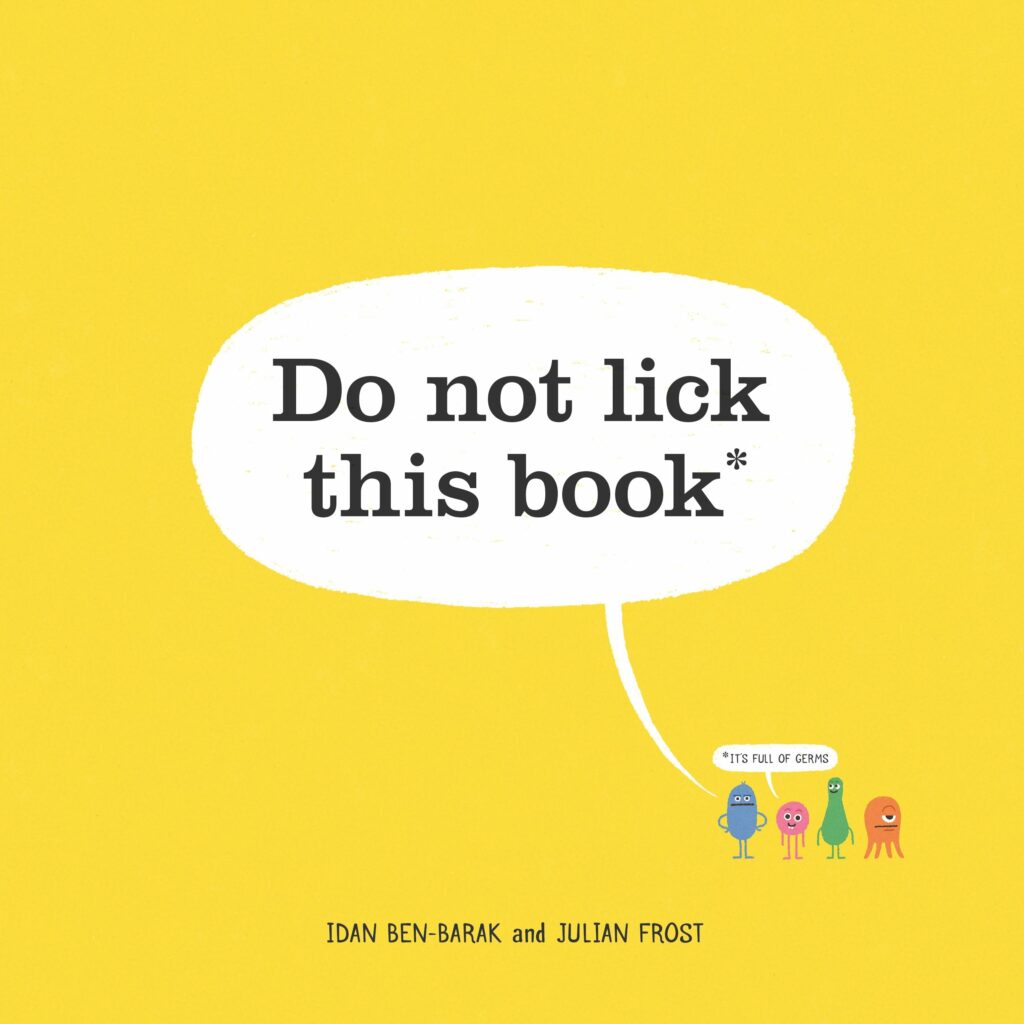
The world is big and even bigger for tiny living things like microbes. Do Not Lick This Book by Idan Ben-Barak explores the idea that the naked eye cannot see some items.
This book is interactive and allows children to act as if they are part of the story.
For a science activity, use pictures of common and familiar objects to children that are magnified. If a microscope is available, children should have a peek and see common things, such as leaves, yarn, and others.
Explain to children how microbes are so small, yet they cause children and adults to get very sick. Emphasize the importance of being clean to prevent diseases.
Conduct an experiment to show how microbes attach to our skin using the pepper and water method. Prepare two bowls or paper plates with water. Sprinkle some black pepper on both plates
Let the children dip their fingers in one of the bowls and let them check their fingers. Next, dip a different finger in liquid soap and place the soapy finger in the second bowl.
Let them observe what happens to the pepper and check their fingers, too!
Children may count the microbes to practice their counting skills. They can also name the colors of the microbes for color recognition.
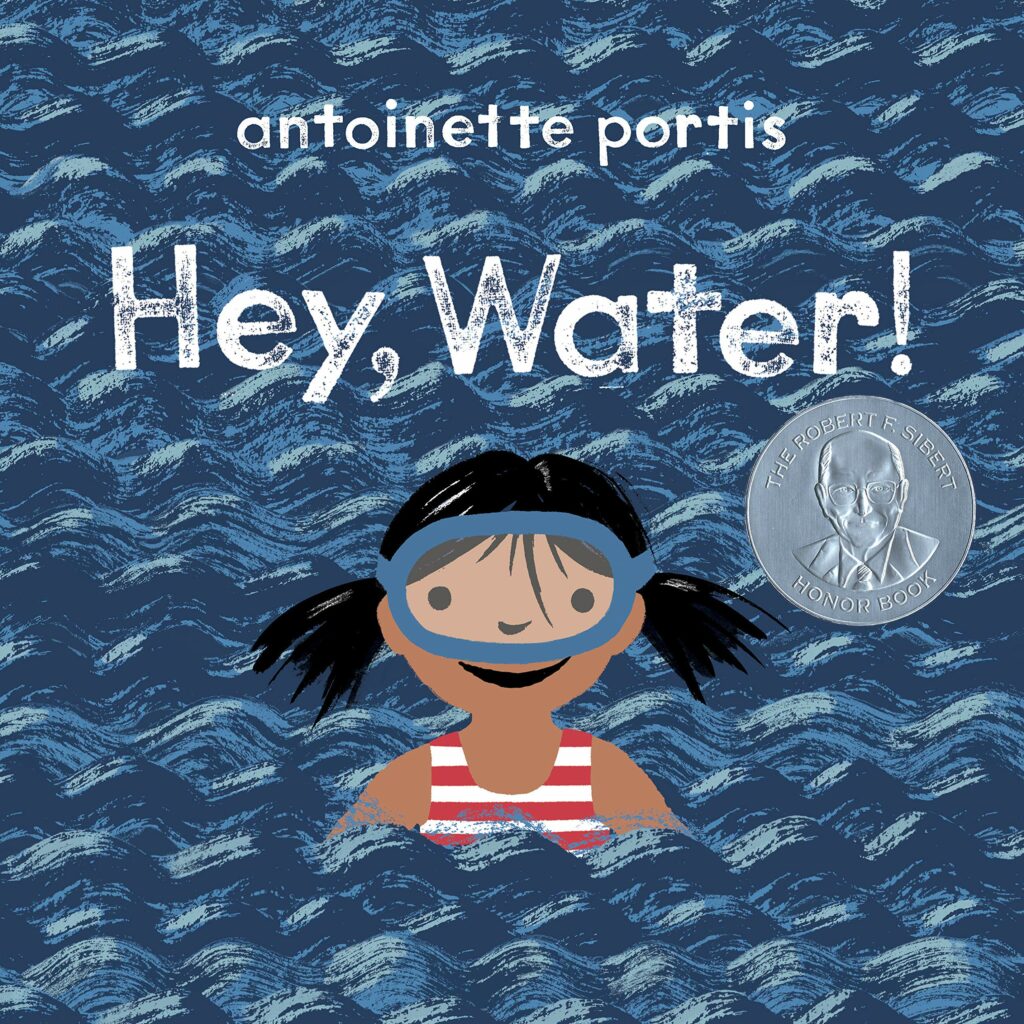
Water is everywhere, and it can take on different forms. This is the main idea behind the book Hey, Water! by Antoinette Portis. It informs children that water can be very versatile.
The ideas in this book can be part of a science lesson to discuss the states of matter. Water in its liquid form is familiar to children, but it can also take on a solid and gas form.
Ice cubes, icebergs, snow, and snowflakes are water’s solid form, while fog, clouds, and steam are its gas form. Use pictures for children to understand this concept better.
If possible, conduct an experiment to show that the same water can change its state.
Teach children math skills by focusing on quantities. Water is present in small amounts, such as in dewdrops or tears. A larger amount can be sourced from the faucet, sprinkler, hose, and shower.
Discuss geography by introducing different water forms such as oceans, rivers, streams, and lakes. Allow children to differentiate these forms based on their attributes.
If possible, use real pictures of these water forms for children to relate to real life. It would be ideal to use water forms that children are familiar with, for example, a nearby river or stream.
See more: Books About Water for Preschoolers
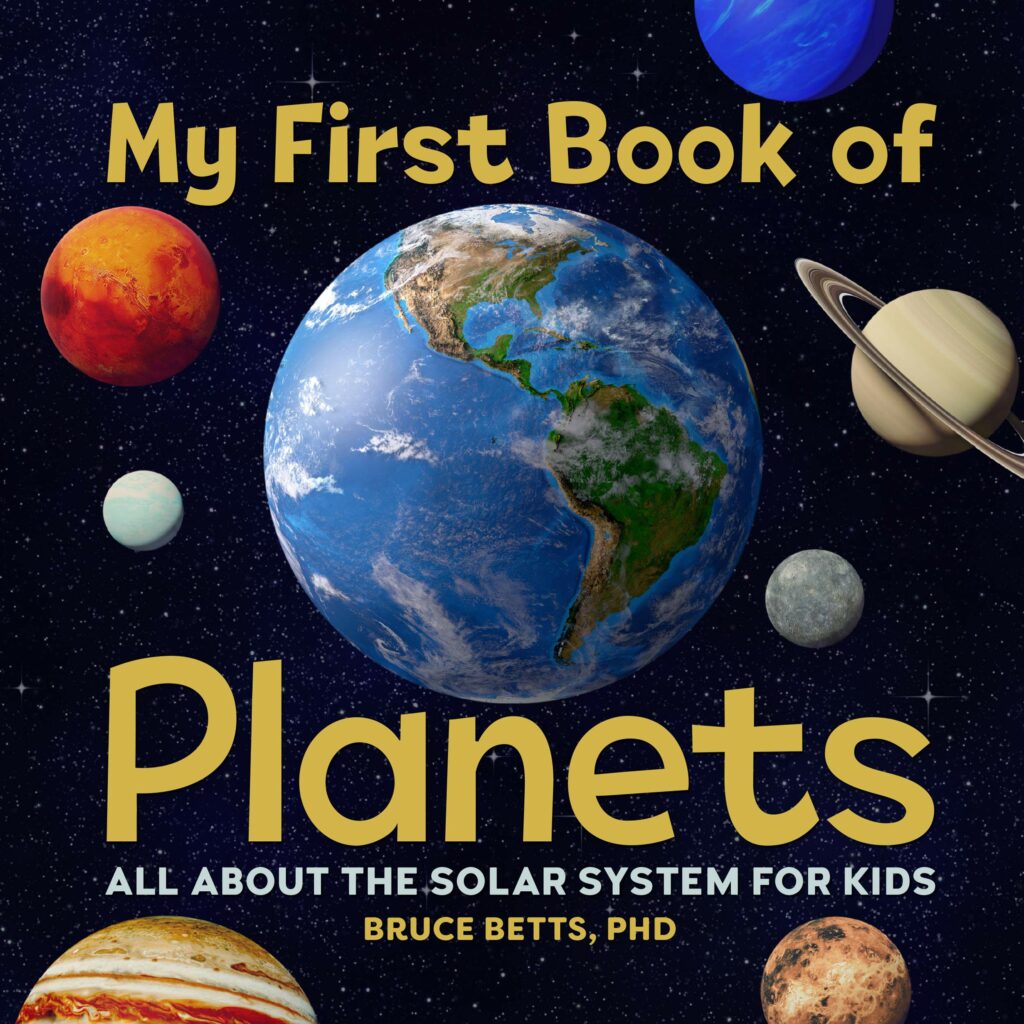
My First Book of Planets by Bruce Betts introduces children to astronomy. It talks about the planets in the Solar System, including our very own, the Earth.
The book presents each of the planets and describes their size, distance from the sun, and the number of moons. It also provides scientific facts that explain the reasons for the surface’s appearance.
With a science lesson, children may learn about the planets’ names to increase their vocabulary. They can describe each planet and mention a fact or two to help them remember each one’s characteristics.
They can also name different space objects, such as asteroids, stars, and meteors. Children can arrange the planets in order from the sun. Doing this will help improve their cognitive skills.
Since planets have different sizes and attributes, allow children to compare them. Children may compare their size and color. This will help them recognize patterns, an important skill in math.
See more: Space Books for Preschool
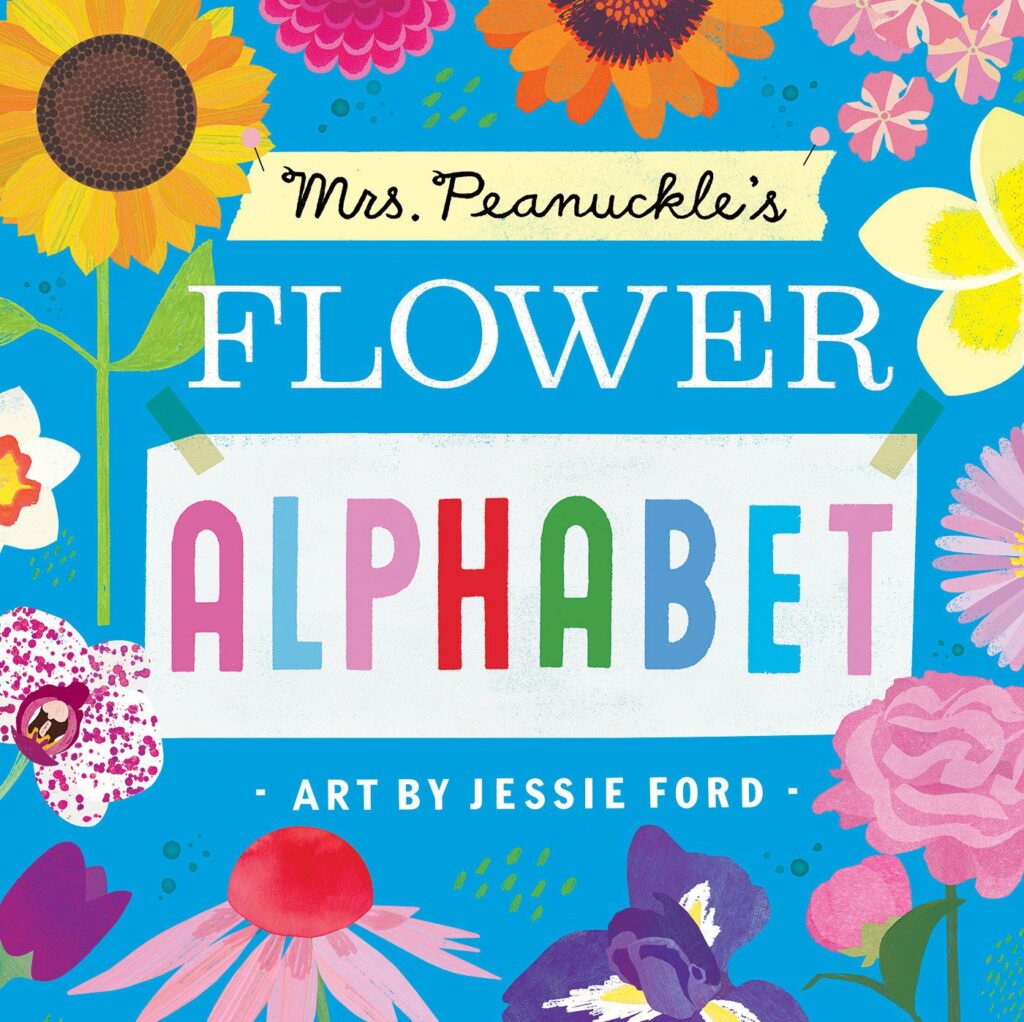
Learn the letters of the alphabet with Mrs. Peanuckle’s Flower Alphabet. This book shows different flowers in alphabetical order. From aster to zinnia, every letter is presented with a colorful flower.
The book uses various types of fonts in different sizes. Help children improve their letter recognition skills by playing an “I Spy” game. Turn to a page and ask the children to find the given letter.
The realistic flower paper cut-outs are impressive and can be duplicated by children to learn more about the art of paper cutting. This will help improve their fine motor skills.
Children can name each of the flowers to improve their vocabulary. They can also say the beginning letter sound to practice phonemic awareness skills.
They can describe the flowers using visible attributes such as colors and shapes to practice their oral language skills. They can also count the flowers, pointing at each one to improve their counting skills.
They may also group the flowers according to color, shape, and size.
See more: Preschool Books About Flowers
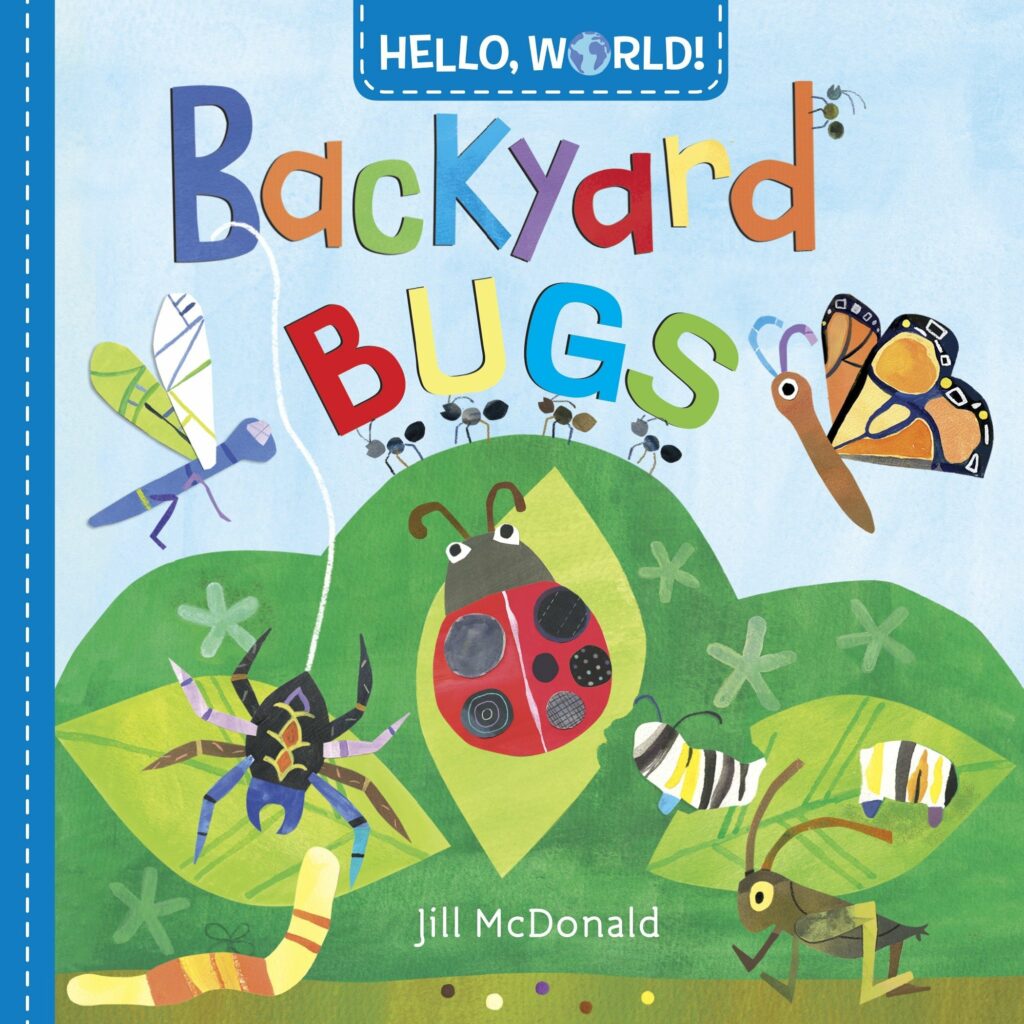
Exposing children to literature about the small bugs that benefit the environment will help lessen fear and encourage learning.
Hello, World! Backyard Bugs by Jill McDonald presents ordinary backyard bugs adorably and artistically. Bugs such as spiders, grasshoppers, ants, butterflies, caterpillars, worms, and caterpillars are some of the bugs shown in this book.
With a science lesson, explain the importance of these animals in the environment. Discuss their special characteristics as mentioned in the book. Let children learn more about the animals’ food, habitat, and behavior.
The book used paper cutouts and collages for the illustration. Help children develop their fine motor skills and creativity as they make their version using available materials.
Younger children may use precut pieces, while older children may trace templates and cut out the paper.
Use the book for children to practice their counting skills. They may count the animals and other objects on each page, such as the flowers and leaves.
Lastly, encourage children to experience real-life bug hunting by letting them find bugs during an outdoor activity or nature walk.
See more: Bug Books for Preschoolers
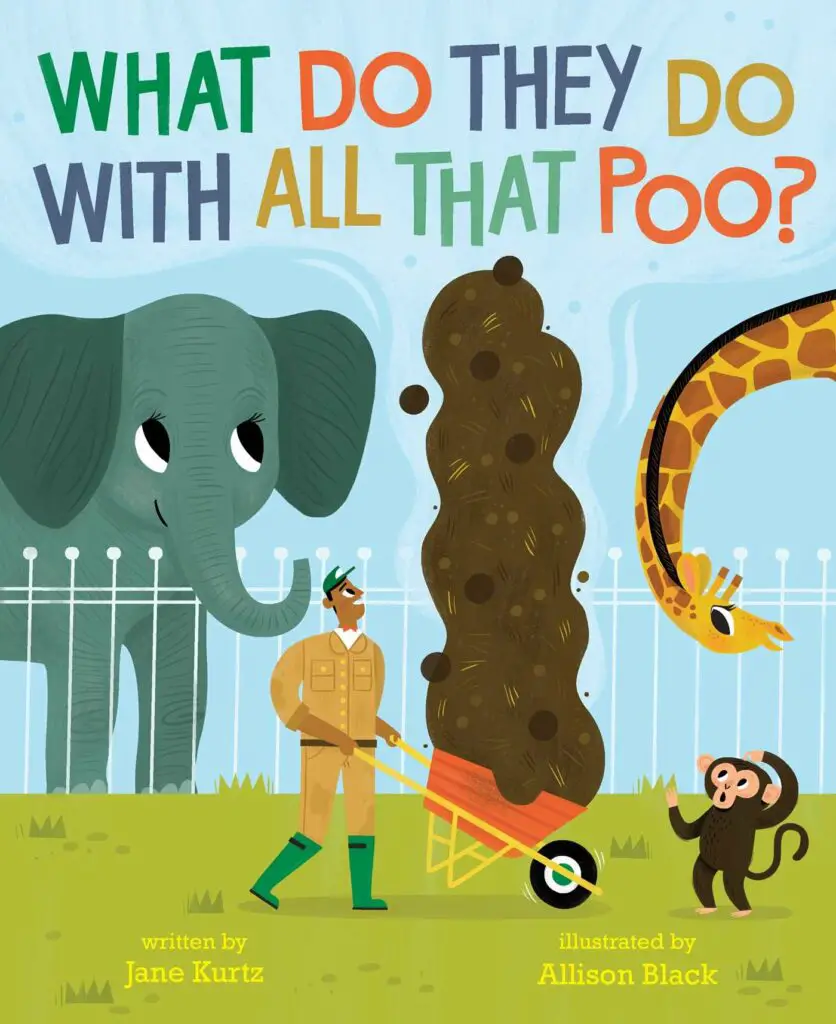
A book about the body wastes, What Do They Do with All That Poo? Jane Kurtz gives children an insight into the process and the reasons why animals’ poo looks different.
It is a very informative book whose main intention is to answer the question from the title. It investigates the zoo animals and their manure and explains the shape, color, and other bodily processes that contribute to the excrement.
Teach science facts by matching the animals with their poo. Use pictures or cut-out paper that looks like the ones in the picture book. Ask children to explain the reason behind the shape and color briefly.
For example, they may say that the panda’s poo looks like green chunks because they eat bamboo leaves. This activity will help children practice their oral language and critical thinking skills.
Children can learn about the science of composting by allowing them to participate in reducing waste. Doing this will help improve the soil’s condition and help children become aware of how to help preserve nature.
See more: Zoo Books for Preschoolers
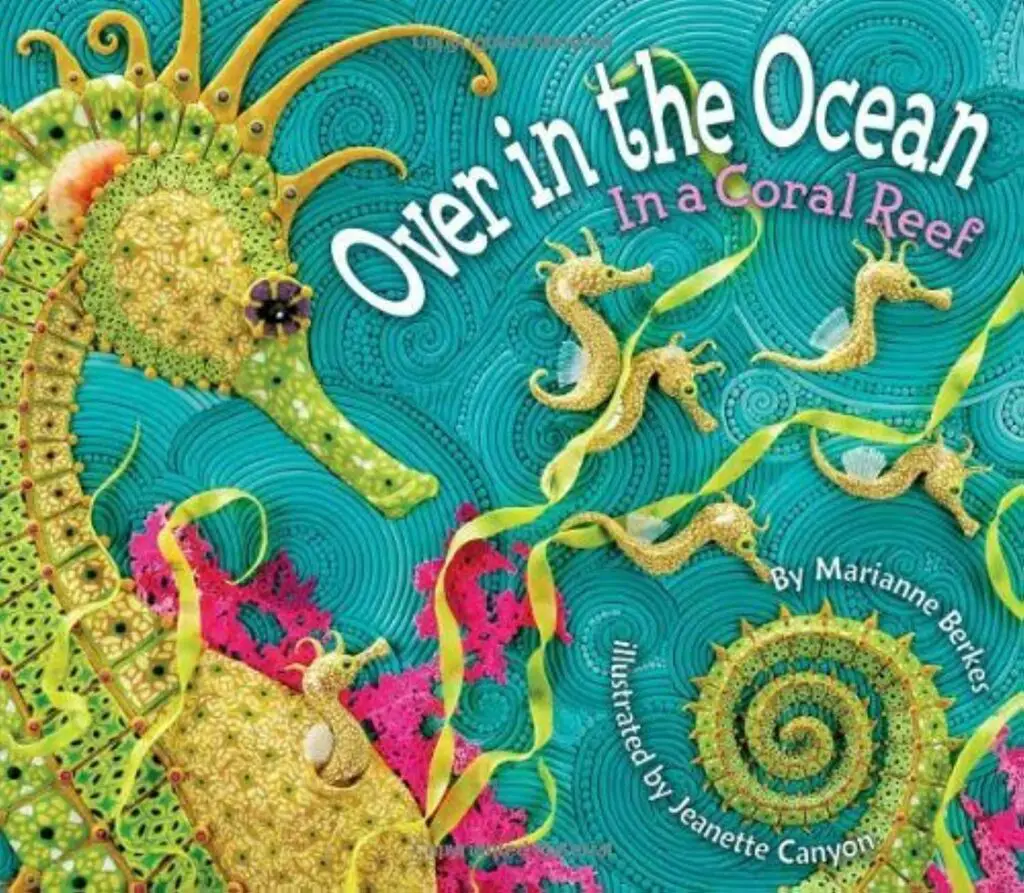
Over in the Ocean: In a Coral Reef by Marianne Berkes is a beautifully conceptualized ocean book that is both educational and a feast for the eyes. The book shows ten different marine animals swimming in coral reefs.
Children may learn numbers and count with this book. They may count each animal from one to ten, pointing at the pictures as a guide. Learn sequence and order as they arrange how the animals are presented chronologically.
Some science lessons can be gleaned from this book. Let children name the marine animals and group them into fish and non-fish categories.
They may also learn about parent and offspring concepts. For example, male seahorses take care of the seahorse eggs until they hatch.
Another lesson is to familiarize children with the different types of corals presented in the book. Children may describe them according to color and other features to help improve their oral language skills.
Introduce children to mixed media art as they make their version of a coral reef scene. Discuss how the lines and other details bring life to the final output that combines different materials.
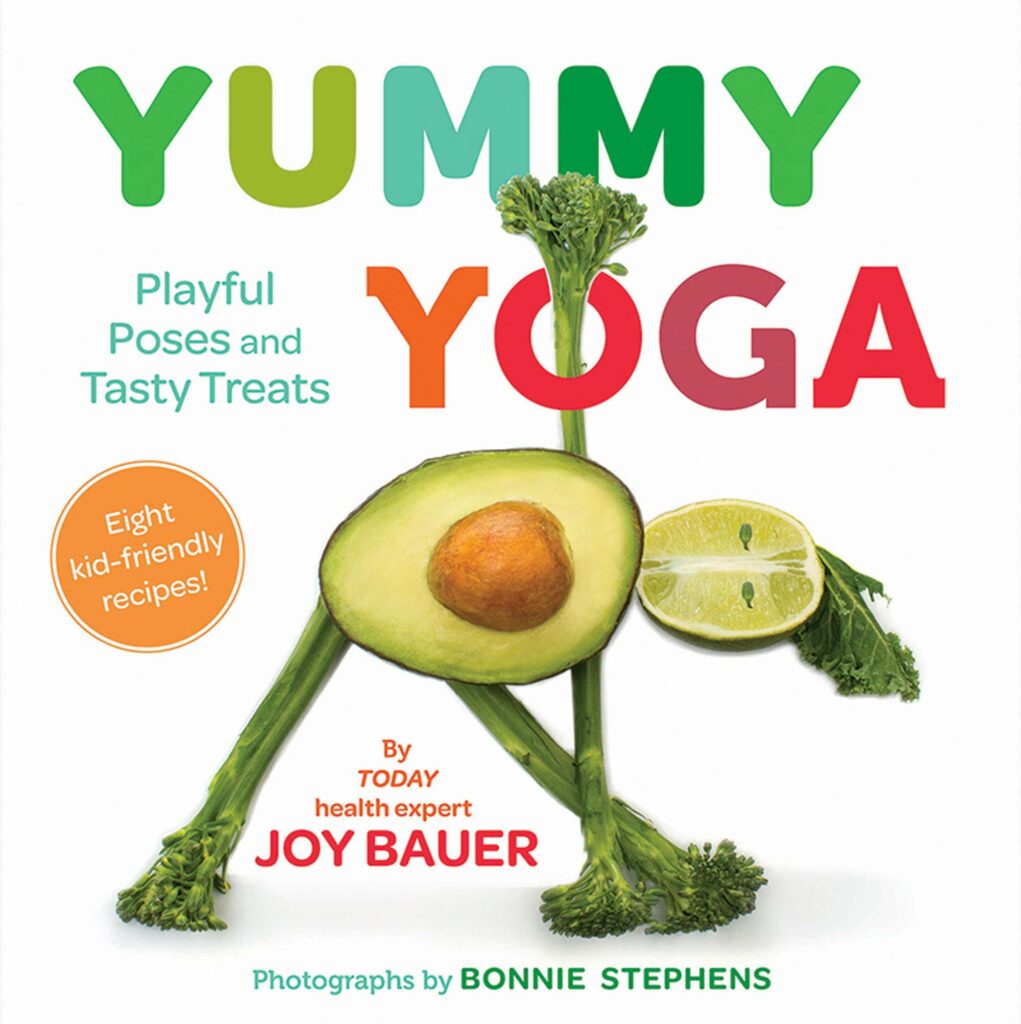
Written by a nutritionist, wellness, and health expert, Yummy Yoga: Playful Poses and Tasty Treats by Joy Bauer introduces children to different recipes that are both healthy and energizing.
The book presents the benefits of yoga by showing pictures of children in different poses. These are simple poses that children can easily copy. This is a great way to improve gross motor skills, balance, and coordination.
To make it more interesting, There are photos of edible art. These fruits and vegetables are put together to mimic the exact yoga pose the children make.
Cooking involves following the written recipe. For older children, this activity is a good reading practice. Younger children may help adults make the food. This is an opportunity to practice listening skills.
Aside from following directions, cooking provides a multisensory experience. Cutting, mixing, skewering, and other actions will help improve children’s fine motor skills and coordination.
Children may name the ingredients and describe them according to color, size, and other attributes to improve their oral language skills and vocabulary.
Conclusion
Nonfiction books provide opportunities for children to learn specific topics in content areas such as math and science. Exposing children to such texts will help them learn more about the world they live in and increase their awareness.
We hope you like these books and consider using them in your lessons. These books cover different topics that children will find interesting and fun.
Thank you for reading!
People Also Ask
Nonfiction books are an invaluable tool for teaching topics high on content. Topics filled with complex concepts, such as life cycle, weather phenomena, and self-awareness, require extensive materials and carefully planned lessons.
Using books appropriate for preschoolers will provide the needed help to enable children to visualize and understand the concepts better. Doing this will facilitate learning and improve the retention of ideas for young children.
Arouse children’s curiosity about the book and the topic. Let children explore the book cover. Ask them questions, such as “What do you see on cover page?”, “What do you think this book is about?” or “Would you like to know what’s inside?”
Strengthen concepts presented in the book through the illustrations. Have conversations like, “Look! It says the octopus has eight arms. Let’s find out if it’s true. Why don’t we count the arms?”
Allowing children to participate in book reading and making the activity interactive will help children become engaged and invested in the topic.


